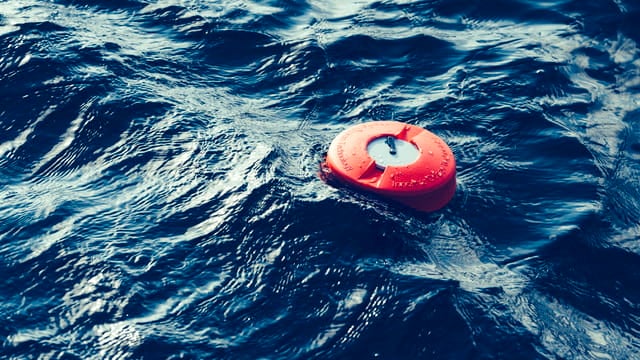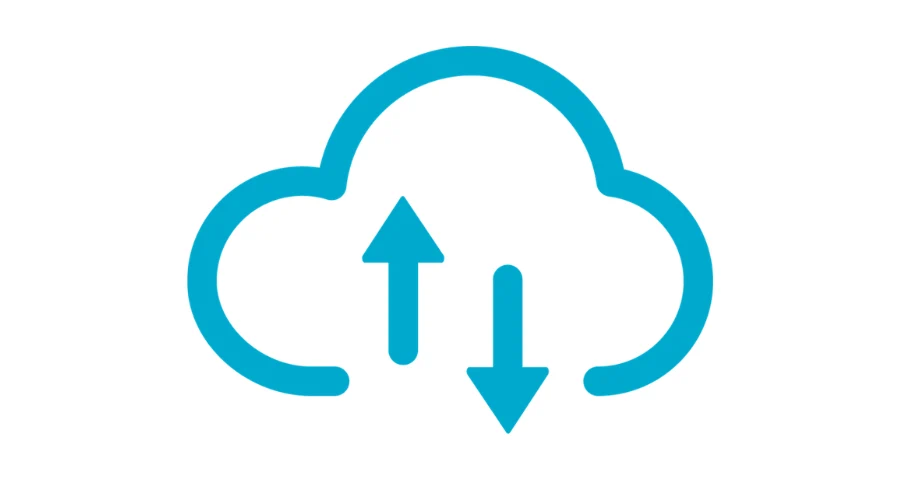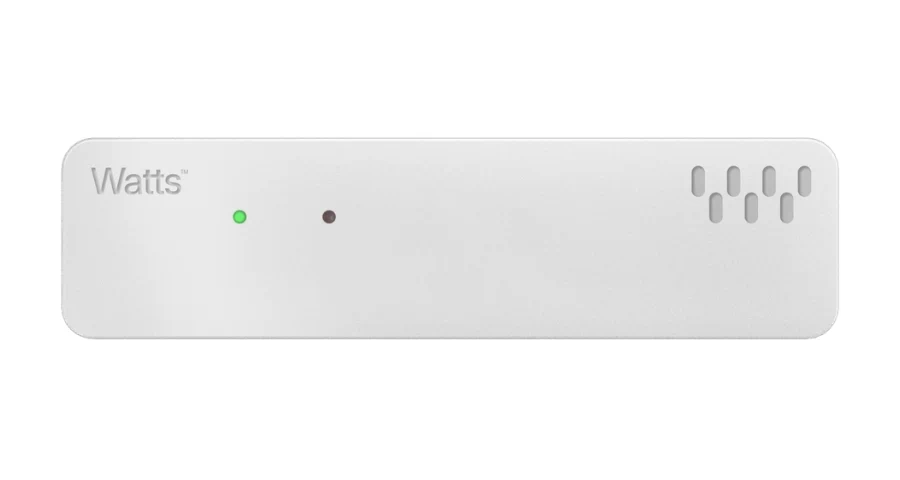Nordic-powered smart buoy uses cellular connectivity to provide location updates for fishing equipment
2023

The Sunfish Smart Buoy employs the cellular and GNSS capabilities of Nordic’s nRF9160 SiP
Norwegian company Innomar Ocean Technology has launched a smart buoy designed to help locate fishing traps, longlines, and nets. The ‘Sunfish Smart Buoy’ uses the cellular IoT connectivity of Nordic’s low power nRF9160 SiP with multimode LTE-M/NB-IoT modem with GNSS to transmit its location to the Cloud. Users can then track the trap location from their smartphone.
“This device can simply be attached to fishing gear using a line,” explains Simen Dovland, CTO at Innomar Ocean Technology. “It can reduce the time and cost spent looking for a catch and equipment, and therefore minimize the CO2 emissions of each retrieval trip. This is responsible and profitable fishing.”
Precise position monitoring
The nRF9160 SiP combines cellular network location data with GNSS trilateration for precise position monitoring, which helps reduce the number of traps being lost in the ocean. This also helps decrease instances of ‘ghost’ fishing, where lost traps continue to catch fish and other sea creatures, which is detrimental to conservation efforts and can result in the unnecessary deaths of marine life.

Using the DigiCatch app (available for iOS and Android), users can see the location of all their devices, as well as view the distance to each buoy in meters. Users will also be alerted if a device moves outside of the set perimeter. When locating fishing gear, the app provides a direction arrow for easy navigation, and can show current direction in ‘real-time’. The app can also be integrated with chart plotters, including Olex and BarentsWatch.
Long life battery
The smart buoy can achieve a battery life of up to three months, using alkaline AA batteries, thanks, in part, to the class-leading power consumption of the nRF9160 SiP, which supports both PSM and eDRX power saving modes. For both LTE-M and NB-IoT the PSM floor current is as low as 2.7 µA, and with an eDRX interval of 655 s the average current is 6 µA for LTE-M and 9 µA for NB-IoT.
“The power consumption was important to us, because the battery needs to be able to last for the extended periods of time that the different fishing gear is in the ocean,” says Dovland. “The powerful Arm processor and CPU capabilities were also major drawcards. The Nordic SDK [Software Development Kit], was also very helpful in bringing our design faster to the market.”


